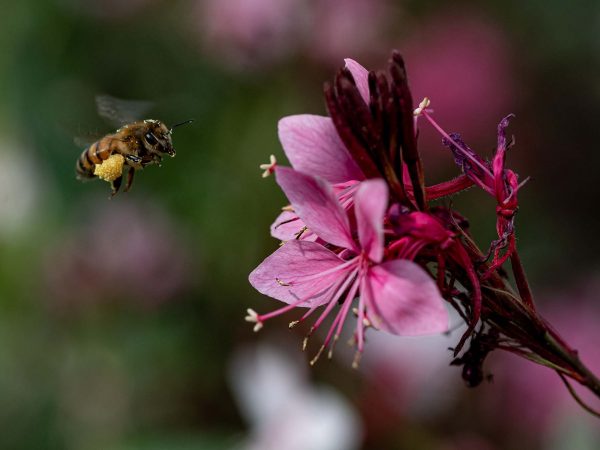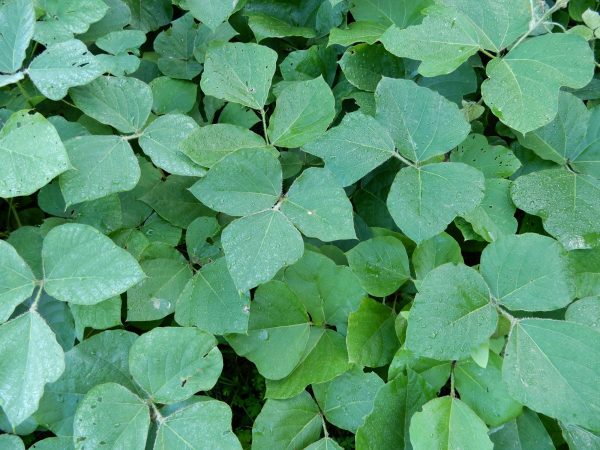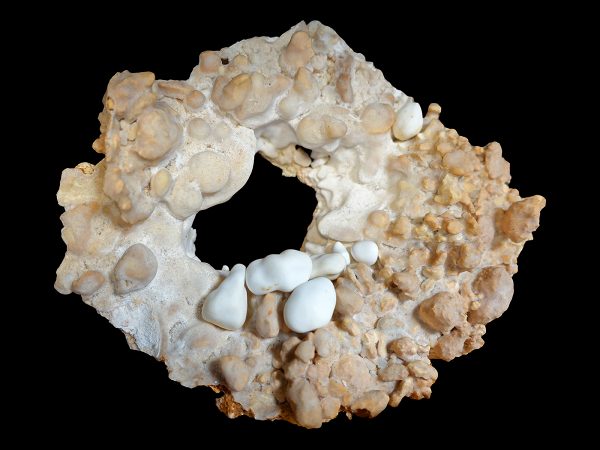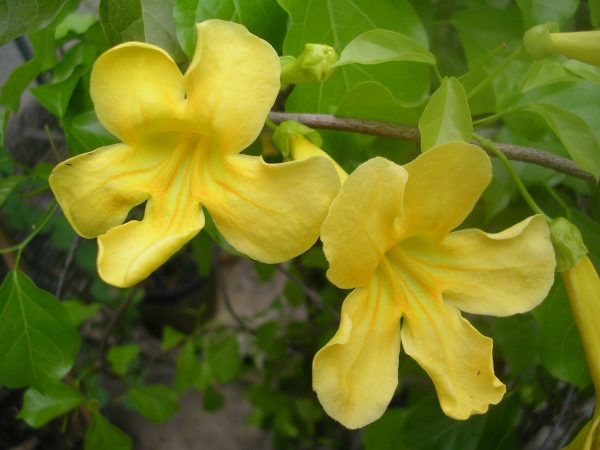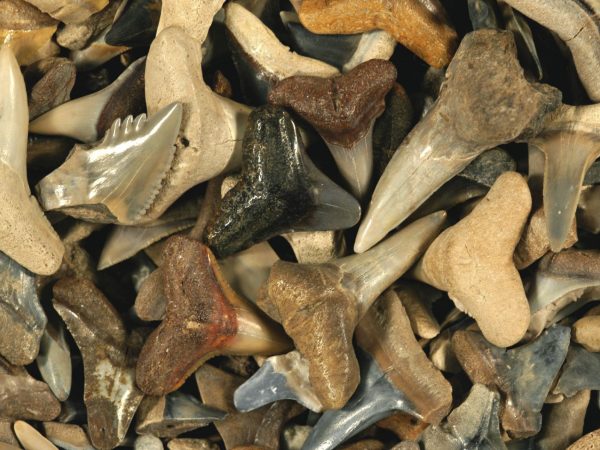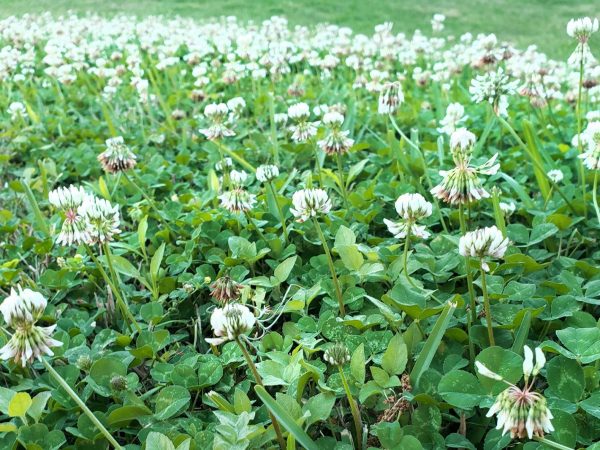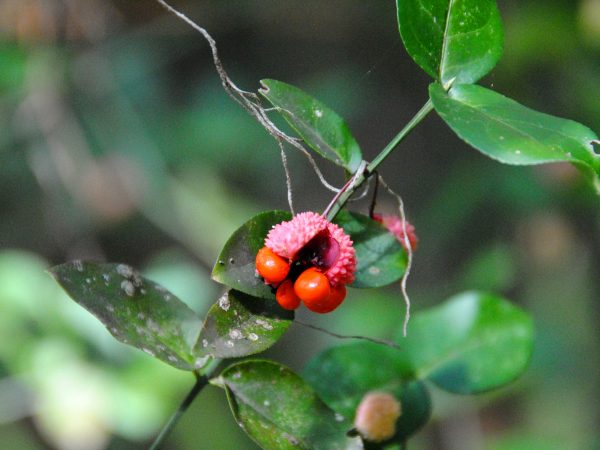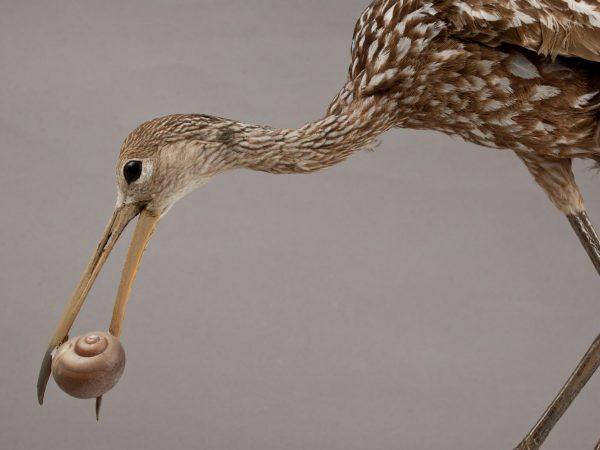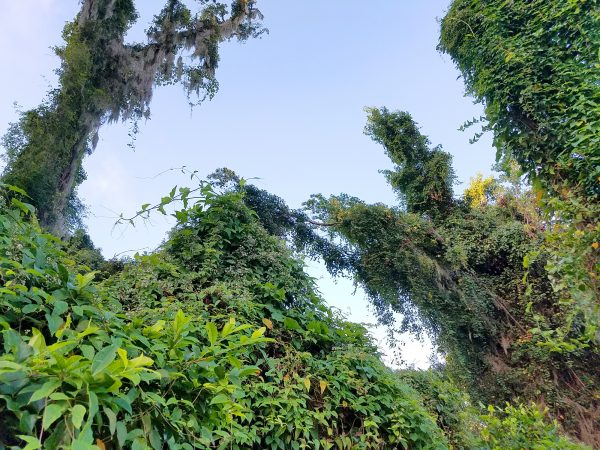Five Facts: Bees in Florida
While we often think of bees as fuzzy, black and yellow-striped buzzy insects that live in hives like the honey…
Read More
Five Facts: Kudzu in Florida
Kudzu is one of the best-known weeds in the U.S. Some consider it the poster child of invasive plants –…
Read More
Five Facts: Portuguese man-of-war
The Portuguese man-of-war, Physalia physalis, is found in every ocean except the Arctic and often washes up on Florida’s coasts….
Read More
Get to know Florida’s fossil pearls
Perhaps you have worn a string of pearls around your neck, paid for a diver to retrieve what you hope…
Read More
Five Facts: Cat’s-claw vine in Florida
Cat’s-claw vine is a common non-native weed in Florida that usually blooms from March through June. Look for its showy…
Read More
Are shark teeth fossils true fossils?
We get questions like this a lot. This question came by tweet. We turned to Richard Hulbert, Florida Museum’s vertebrate…
Read More
Five Facts: Clover in Florida
Fact 1: There are a lot of clovers! The genus Trifolium, commonly known as clover, consists of about 255 species…
Read More
Five Facts: Hearts-a-bustin’ in Florida
Euonymus americanus is called hearts-a-bustin’, bursting-heart or strawberry bush. 1: It’s a Florida native shrub that’s made for the…
Read More
Five Facts: Limpkins in Florida
Limpkins, Aramus guarauna, are medium-sized wading birds with long legs and long, slightly curved beaks. Their bodies are covered in…
Read More
Five Facts: Skunkvine in Florida
Skunkvine, Paederia foetida, is an aggressive, twining vine in the coffee family, or Rubiaceae. Plants produce multiple stems up to 35 feet…
Read More
